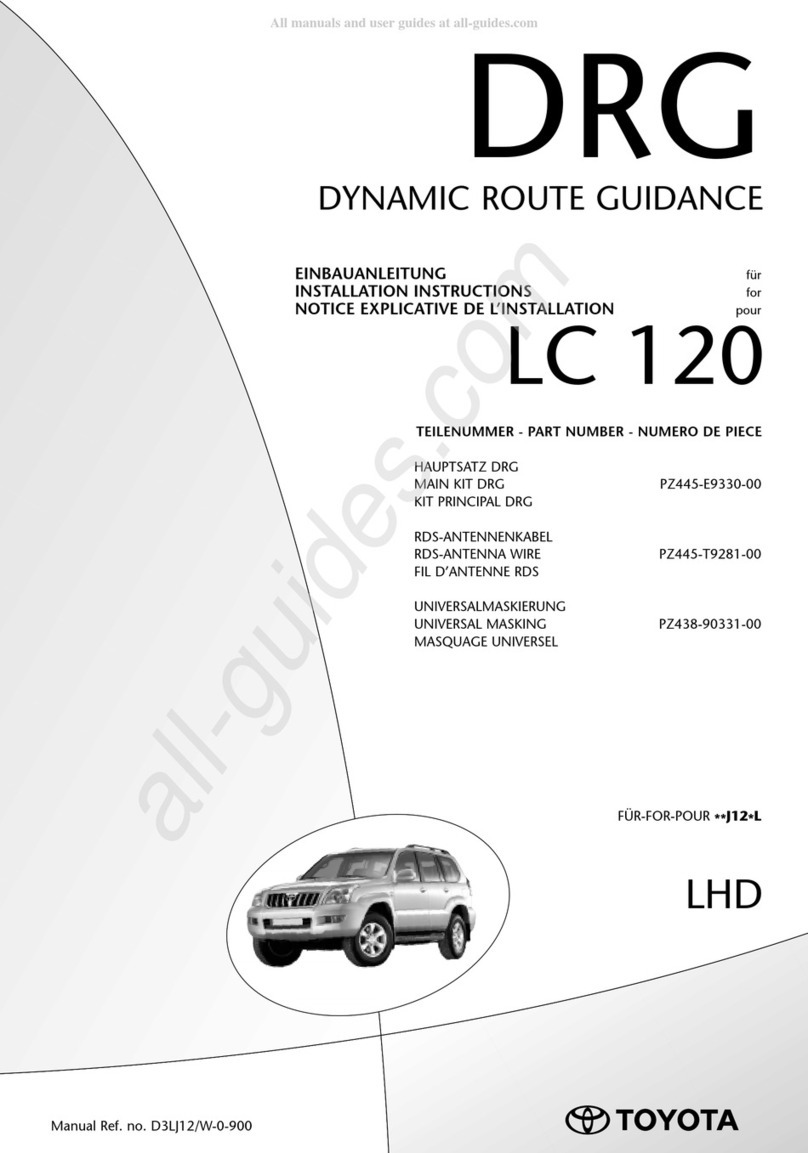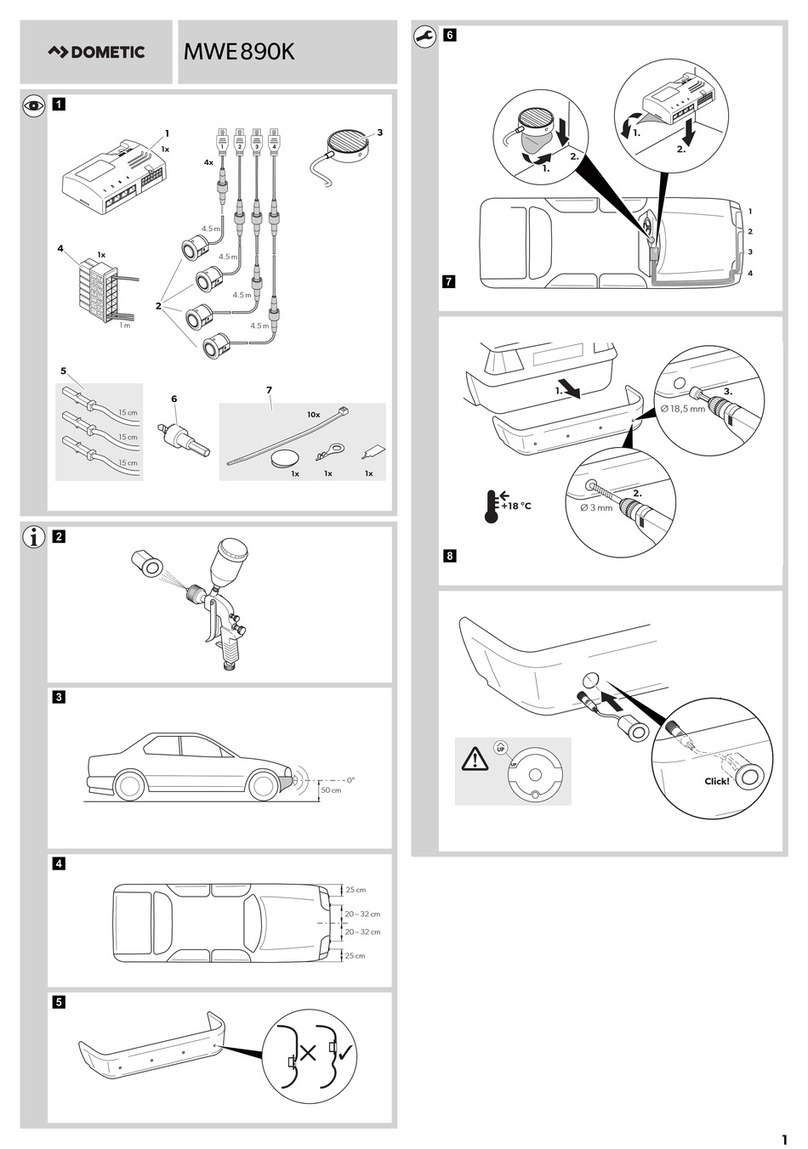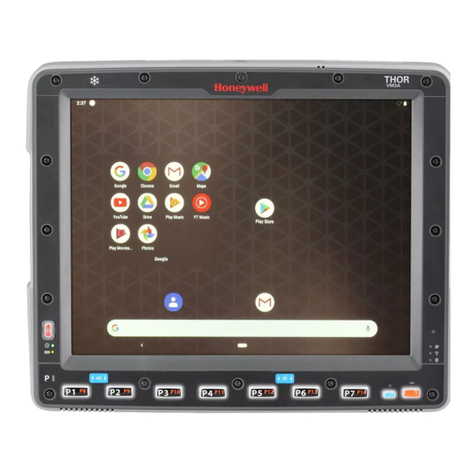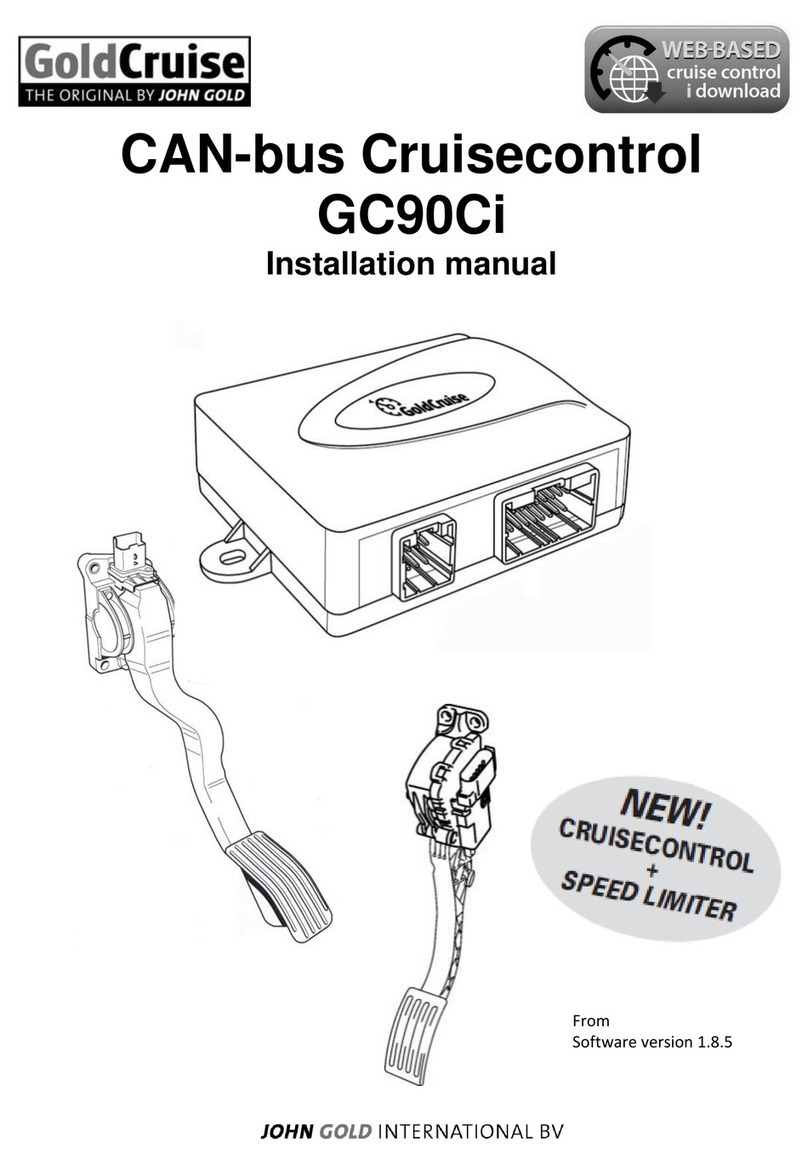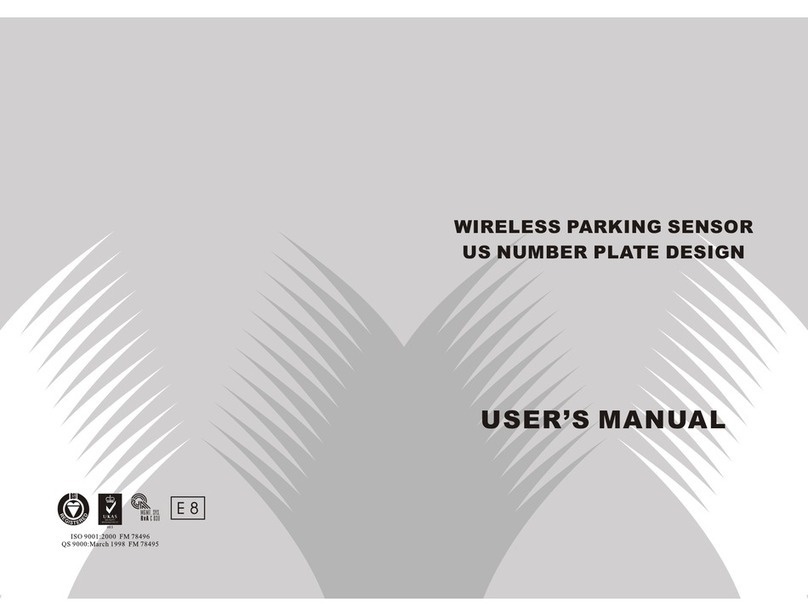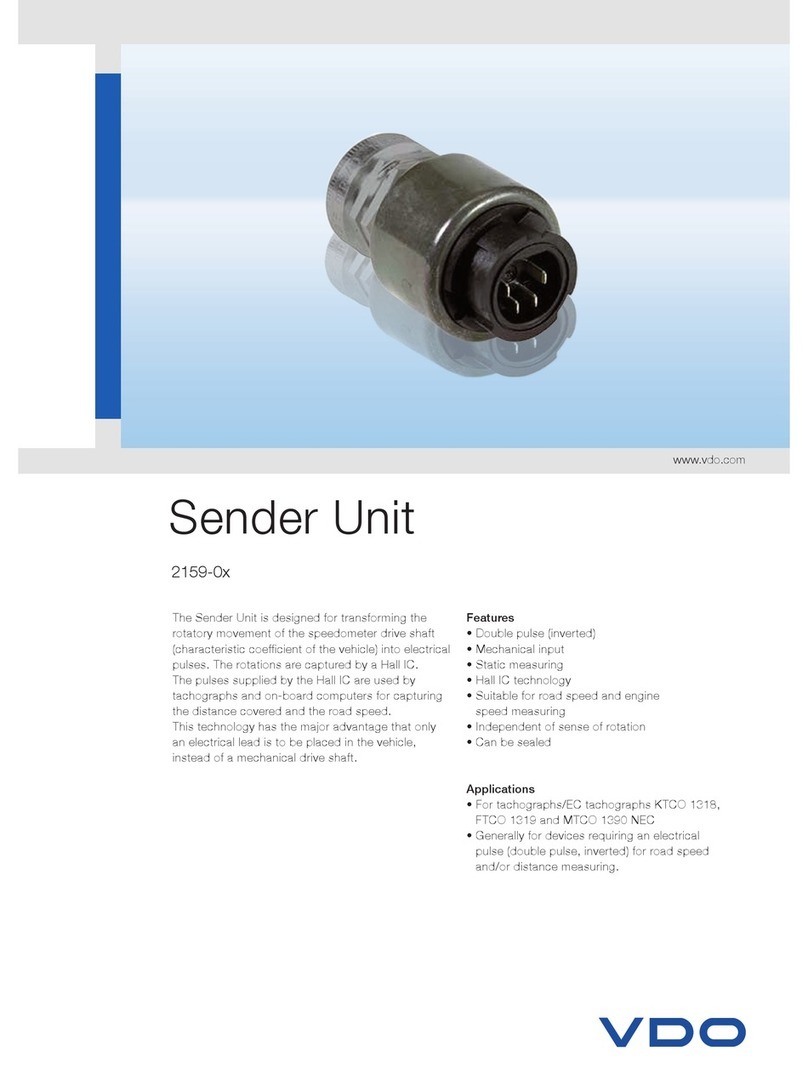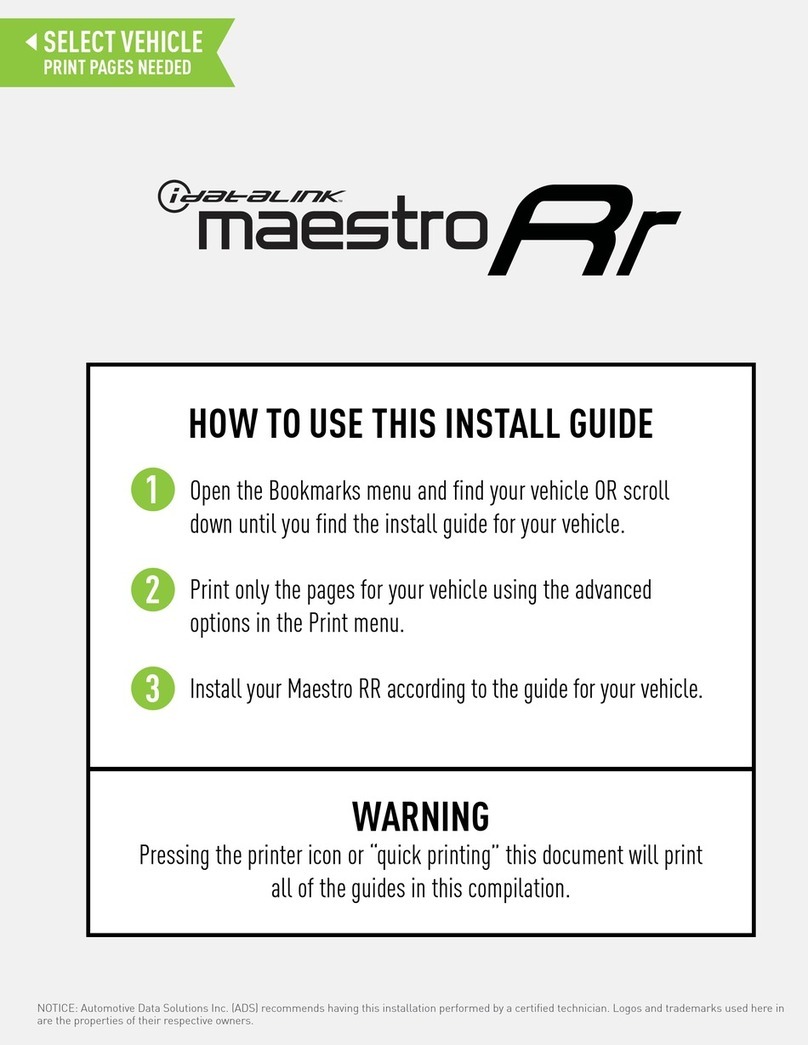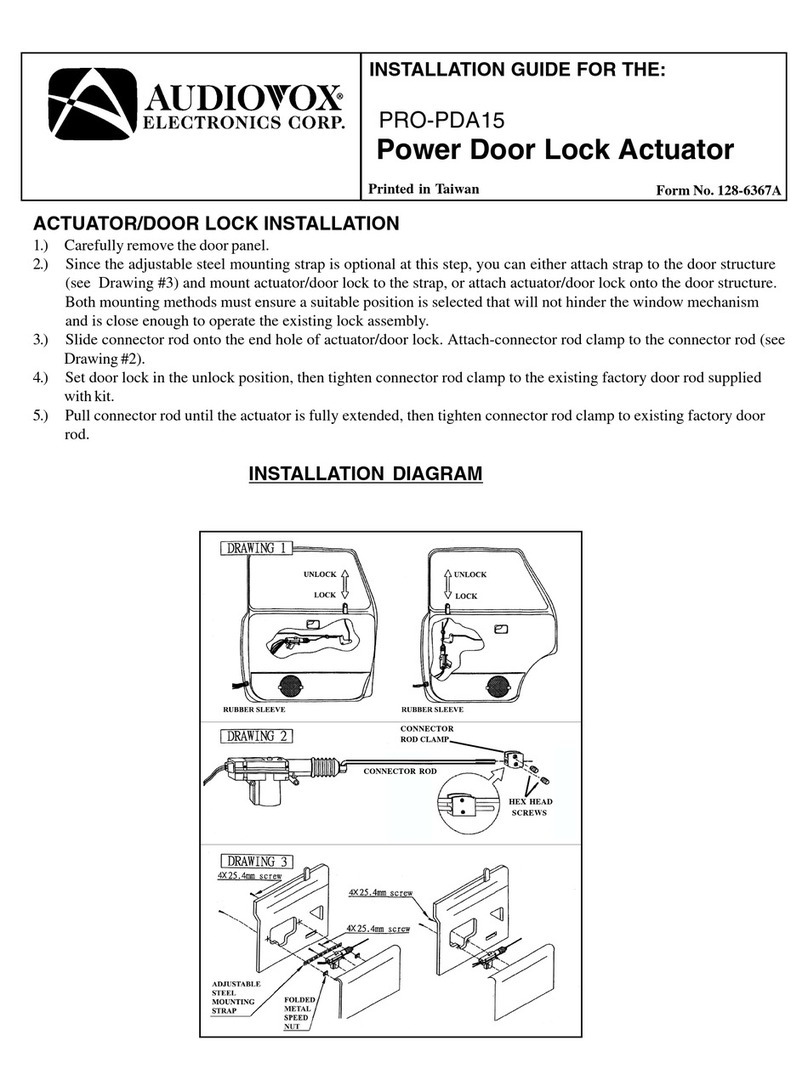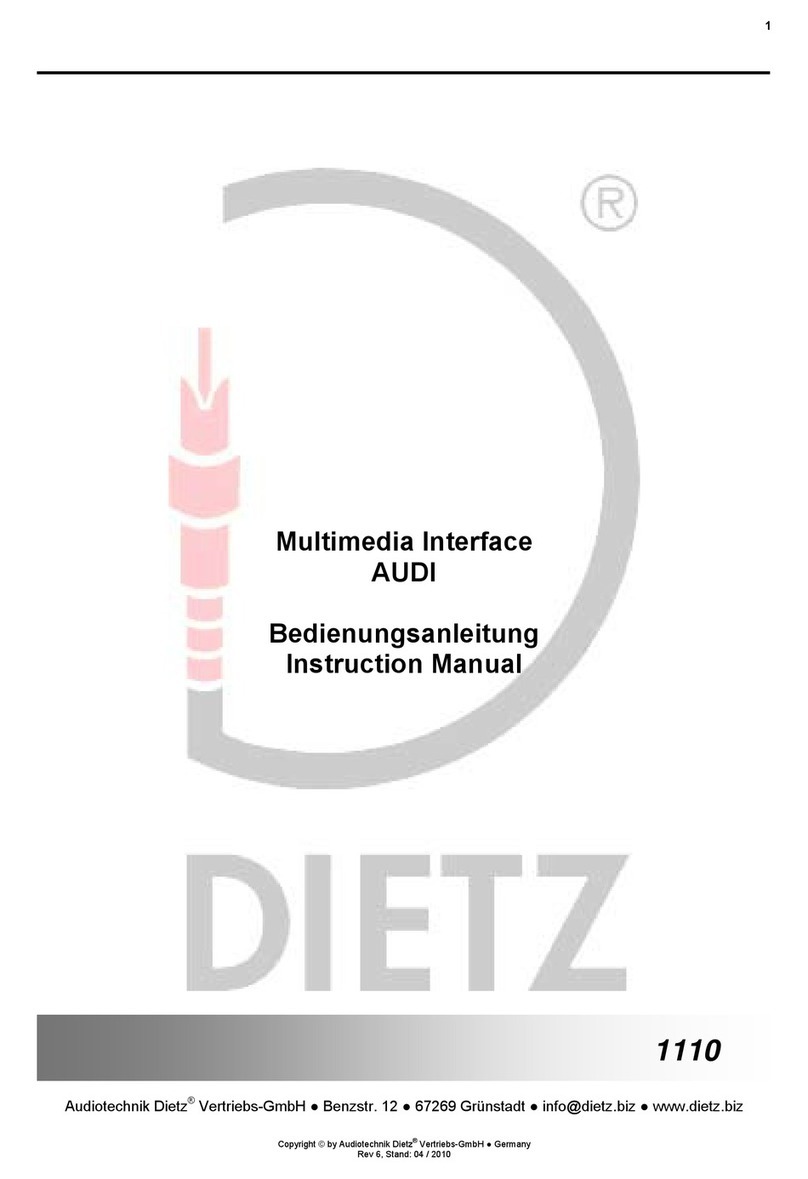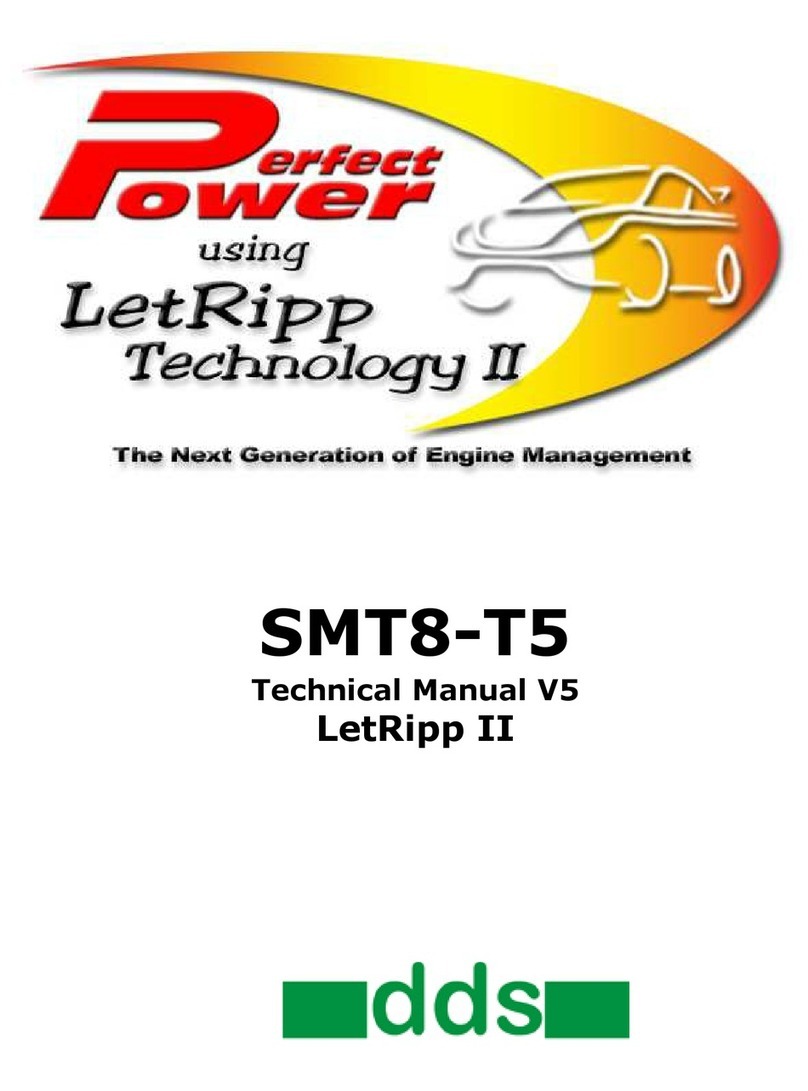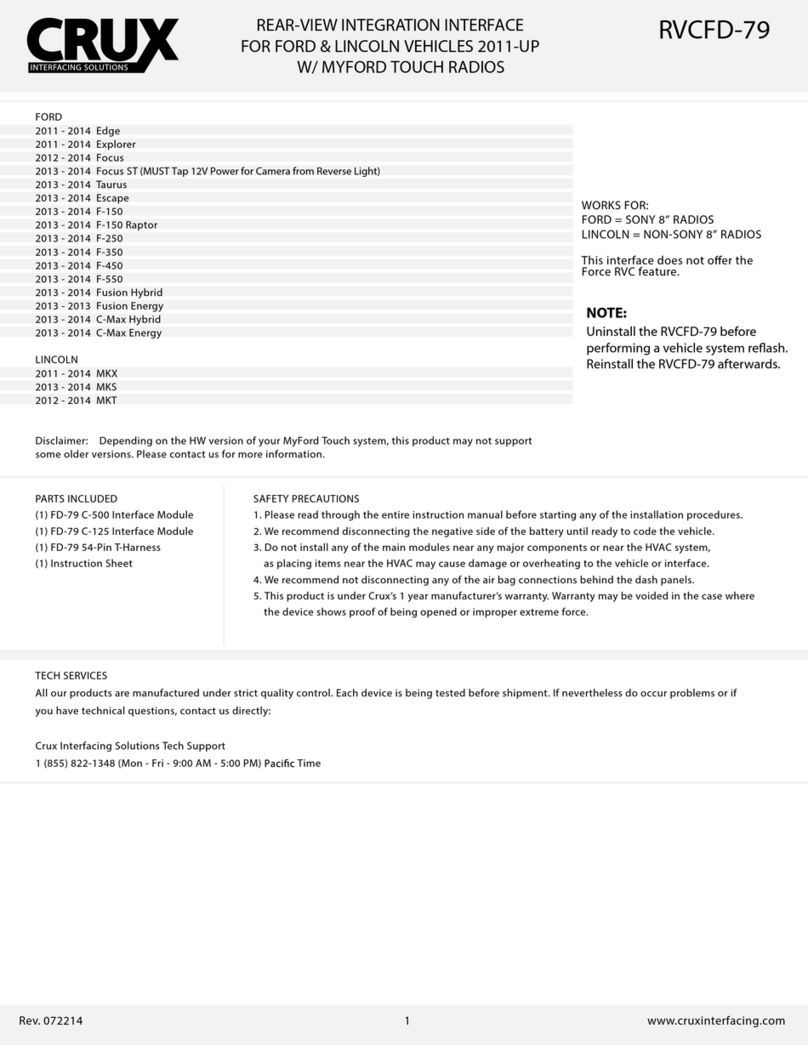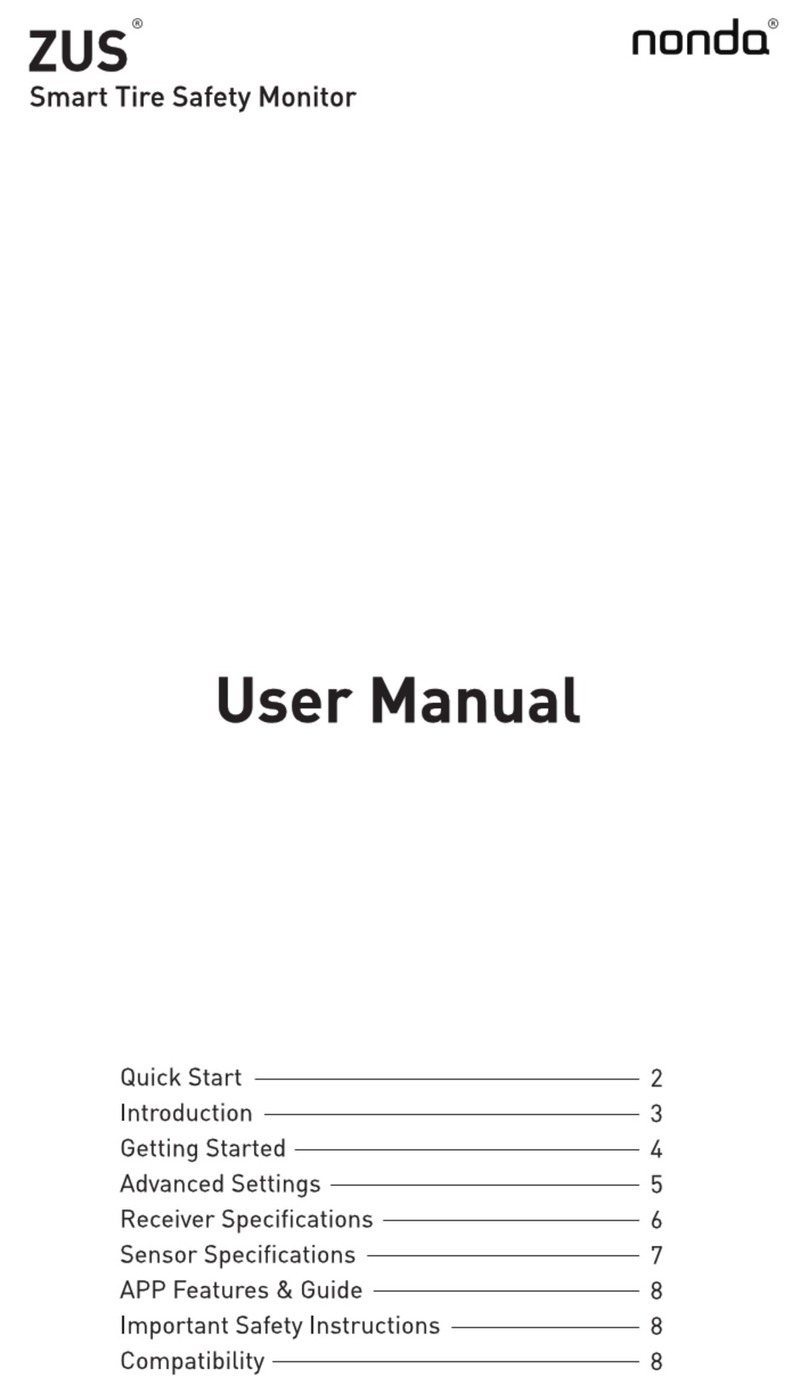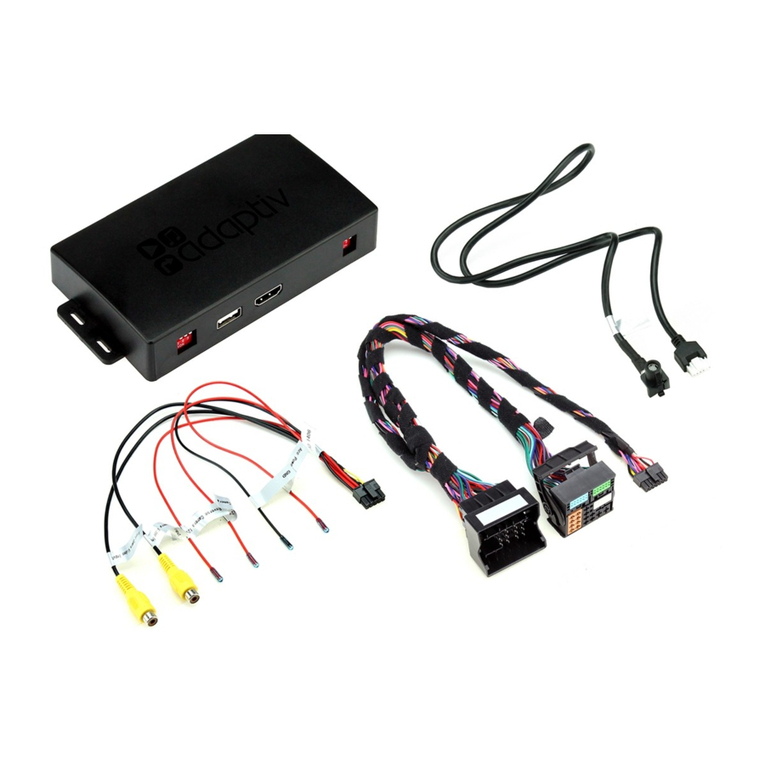
10
SECTION 3: EQUIPMENT MAINTENANCE
Importance of Antilock Braking System (ABS) Maintenance – Optimal
Bendix®Wingman®Fusion™system braking requires a properly maintained
ABS system, without any active ABS Diagnostic Trouble Codes (DTCs).
Have active DTCs repaired by a qualified technician. Any ABS DTCs will
cause Wingman Fusion to deactivate.
Importance of Brake Maintenance – Optimal Wingman Fusion braking
requires properly maintained truck foundation brakes (drum, wide‑drum,
or air disc) which meet appropriate safety standards and regulations.
Brake performance also requires that the vehicle be equipped with
properly sized and inflated tires, with a safe tread depth.
System Problems – If a problem with the Wingman Fusion system is
detected – depending on the vehicle manufacturer – typically there will
be a message on the dashboard display. Depending on the type of
problem detected, the system will determine if the vehicle may continue
normal cruise control functions (without the benefits of Wingman Fusion),
or whether all cruise control functions should be disabled until service is
performed. The system should be serviced as soon as possible to restore
full Wingman Fusion functionality.
Radar Inspection – You should visually inspect the radar and mounting
bracket regularly and remove any mud, snow, ice build‑up, or other
obstructions. The installation of aftermarket deer guards, bumper guards,
snow plows, or similar potential obstructions is not recommended, and
could impair the operation of the radar. See Bendix Technical Bulletin
TCH-061-003.
Radar Damage / Misalignment / Tampering – In cases where the bumper
and/or radar have sustained any damage, are misaligned – or if you
suspect that the radar has been tampered with – do not use the cruise
control until the vehicle has been repaired and the radar re‑aligned. In
addition, an indicator on the dash typically will illuminate if the system
detects any of these conditions. Consult your vehicle Operator’s Manual
or contact Bendix for more information.
Camera Inspection – The Bendix Wingman Fusion camera is mounted
to the windshield of the vehicle. The camera will be mounted inside the
wiper pattern and should be clear of any obstructions.
